Is Reverse Osmosis Water Good for You (Pros and Cons)?
In this blog post, I’ll review the question of whether reverse osmosis water is good for you or not? Find out the health pros and cons of reverse osmosis water, plus how it stacks up against other types of water filters.
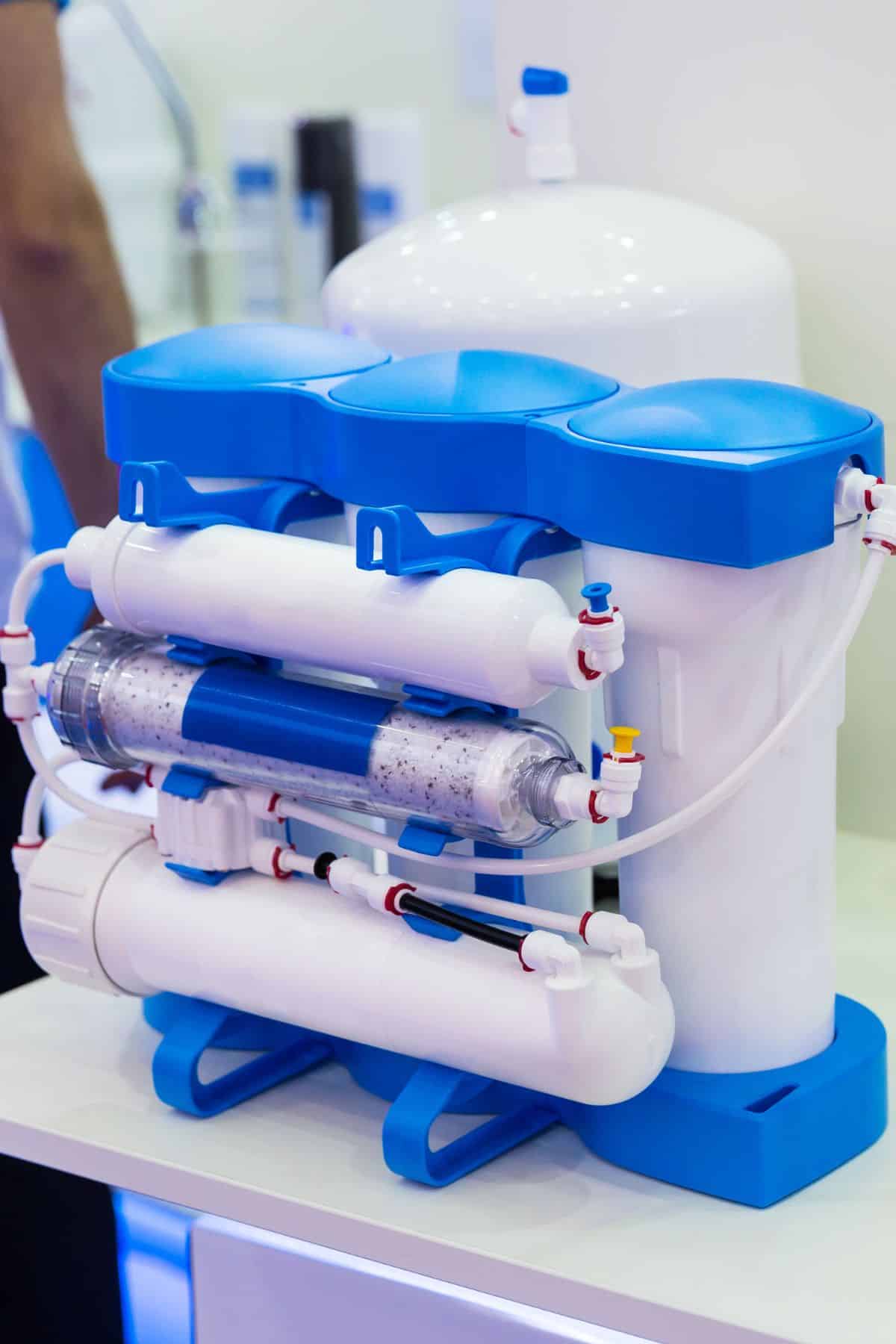
Overview of the reverse osmosis process
Reverse osmosis is a process used to purify water. It’s also referred to as an RO system.
Most of us are familiar with regular osmosis – the process where water molecules move through a partially permeable membrane from a solution with a high concentration of water molecules to one with a lower concentration.
As its name implies, reverse osmosis reverses this process. It uses pressure to force water through a semi-permeable membrane, separating it from dissolved inorganic solids like salts, minerals, and contaminants.
It is a highly effective procedure, removing up to 99% of contaminants, and was originally used to desalinate seawater in order to make it drinkable.
The technology – once only available to government, military, or commercial organizations – is now available for residential use too, and it is affordable to buy a reverse osmosis water system for use in your own home.
Most people use their reverse osmosis water filter to turn city or local tap water into filtered water.
Other water filtration options
Reverse osmosis is one of several different methods you can use to filter the water you drink.
Other options include:
Water filter pitchers
A water filter pitcher has a filter installed inside the lid to cut down on the number of contaminants in the water.
The filter may be a physical mesh, fine enough to capture dirt, sediment, and other particles.
But sometimes the filtration is via absorption, using a substance like activated carbon in carbon filters to attract and trap certain contaminants from water systems.
Water filter pitchers don’t need any electricity and are both cost-effective and easy to use. They also retain all of the water’s healthy minerals, because they don’t remove dissolved organic matter in the same way that reverse osmosis does.
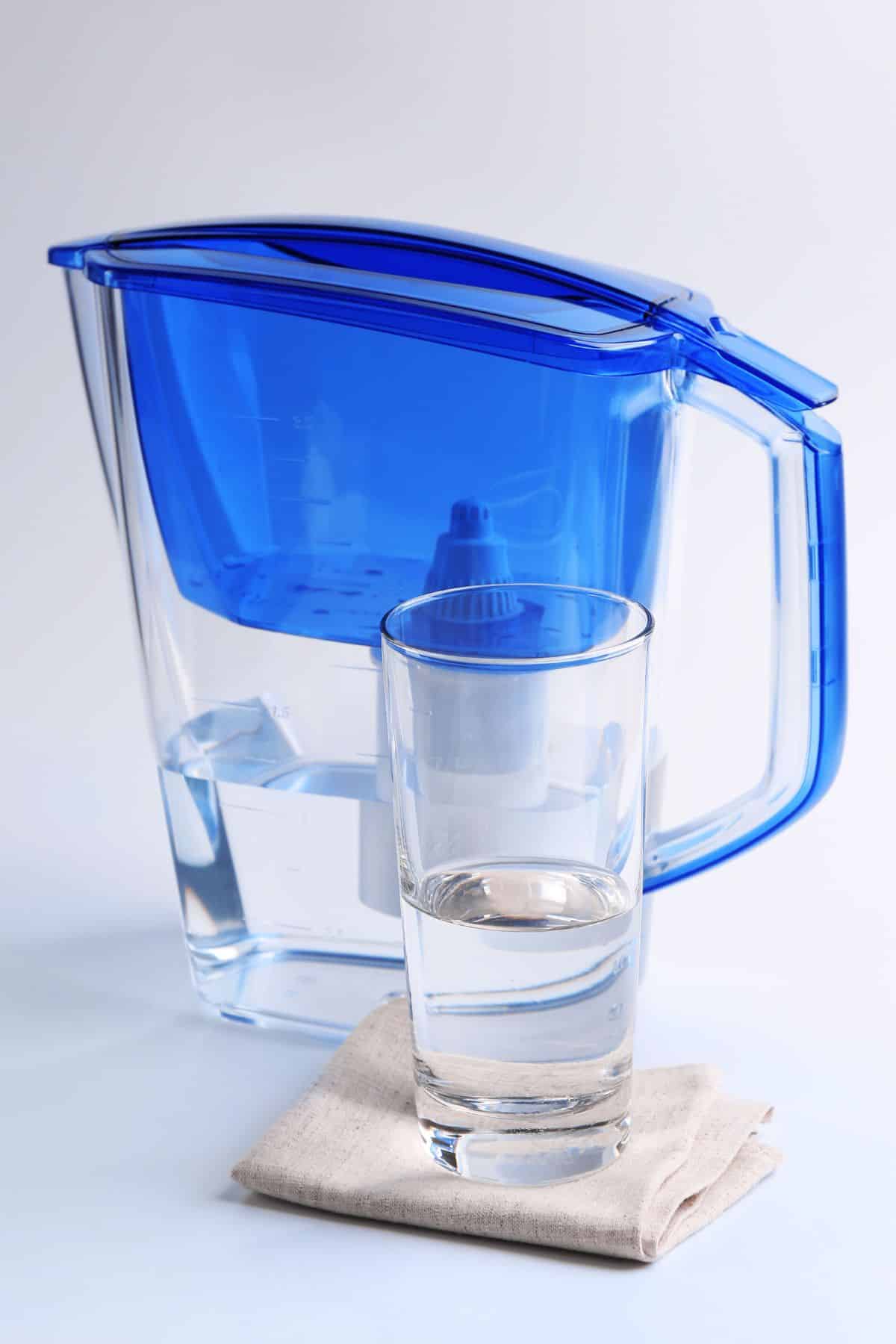
Sequestration filters
Sequestration is the chemical isolation of a substance.
In terms of water filtration, polyphosphate is used to stop the calcium and magnesium in water from forming limescale on the surfaces it touches.
However, it doesn’t actually remove these minerals from the water altogether and is mainly used to prevent corrosion in appliances.
Ion exchange filters
These soften water by using electronically charged solids to remove contaminants. They usually have inlet and outlet valves going to and from a filter tank, mesh filters to prevent any solids from escaping, and some type of ion exchange resin.
Ion exchange filtration is considered a sustainable process that removes a broad range of contaminants, improving both the quality and taste of water.
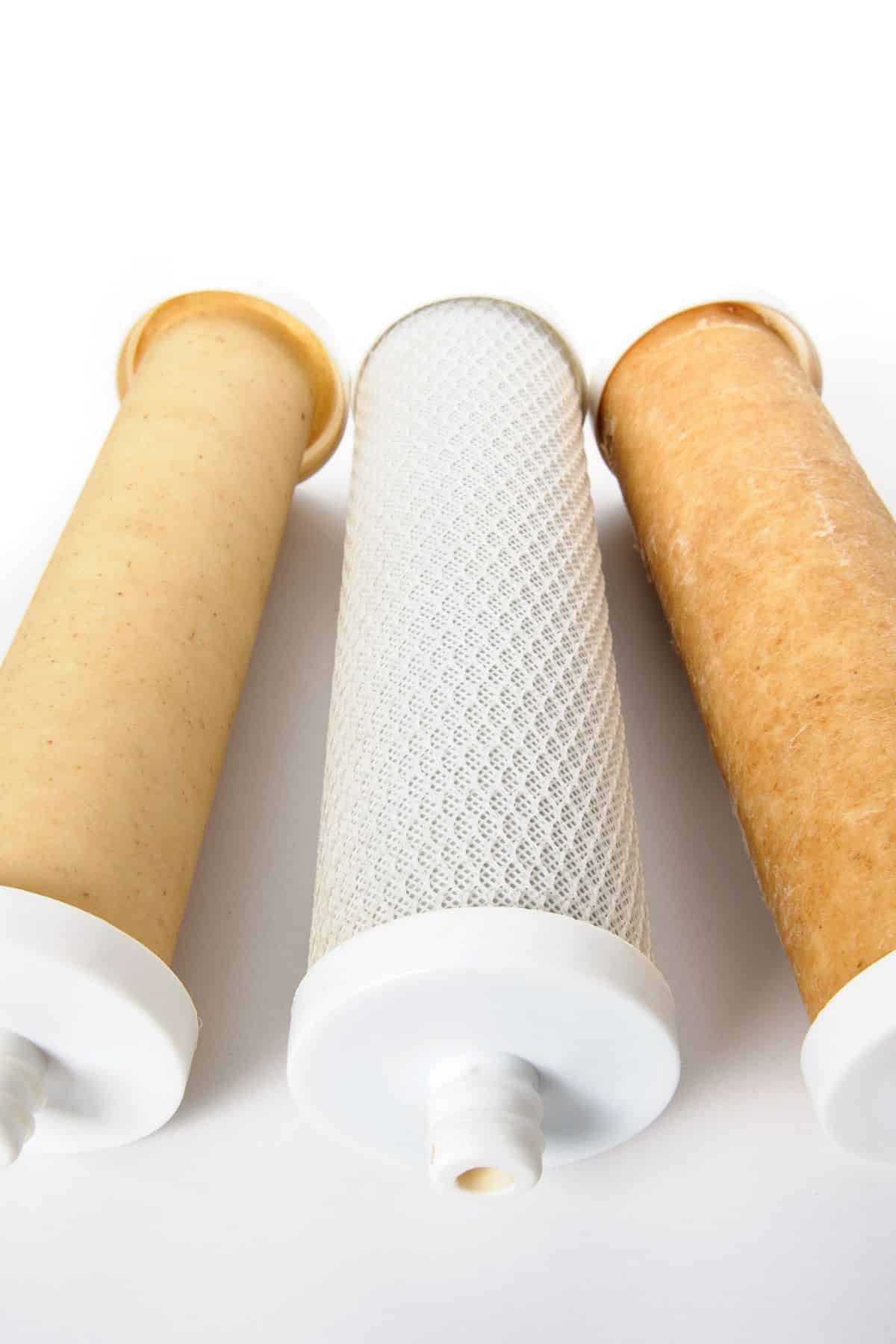
Pros
There are a number of benefits associated with purifying your water using reverse osmosis.
Almost all contaminants are removed from the water
Unlike other water filtration processes, reverse osmosis eliminates around 99% of contaminants including heavy metals and other potentially harmful contaminants – and that applies to high-quality systems designed for home use, too.
This is because the reverse osmosis membrane filter is capable of removing dissolved substances, whereas most other filtration systems are only able to capture larger contaminants.
So effective is the procedure of RO filtration that its use has replaced the need to boil water in communities with no access to safe drinking water.

It meets the need for mineral-less water
Because the water produced by reverse osmosis is about as pure as you can get, it is ideal for situations where mineral-free water is required.
One example would be for use in home aquariums, where aquatic pets benefit from water completely free of added minerals and contaminants.
It can also have culinary applications. Chefs have noted that the presence of minerals such as added fluoride can affect the flavor of certain dishes, while connoisseurs of coffee feel that these minerals prevent the proper extraction of flavor from coffee bean oils.
It cuts down on the plastic waste associated with bottled water
In areas where access to clean drinking water is restricted, the solution has historically been to use bottled water instead.
This, of course, creates vast amounts of plastic waste.
Reverse osmosis eliminates the need for plastic bottles, minimizing the risk of pollution.
See my related article about the healthfulness of Smart Water.

Cons
The flavor won’t suit everyone!
Because we are accustomed to water containing minerals, totally demineralized water from an RO membrane can taste quite “flat” in comparison.
However, many modern reverse osmosis systems will include a remineralization stage to restore the beneficial minerals that give “regular water” the taste we enjoy and are used to.
Reverse osmosis systems can be expensive
Reverse osmosis technology was originally designed to be used on a large scale – for military or commercial use, for example. Use on this scale justified the cost of installing such systems.
For the domestic consumer, however, reverse osmosis filtration can be expensive.
Depending on the system you choose, there may be costs involved with the initial installation, followed by regular ongoing maintenance of reverse osmosis filtration systems (usually annually).
There will also be some waste involved as the RO filters with the semipermeable membrane will be discarded.

The reverse osmosis process wastes water
As mentioned earlier, this method of filtration helps the environment by cutting down on waste plastic.
On the flip side, however, is the fact that larger reverse osmosis systems waste water – anywhere from 3 to 20 times as much as they produce.
This is both environmentally harmful and expensive for the consumer.
India’s government actually banned the use of reverse osmosis filters in 2020 in areas where they are not absolutely necessary, in order to reduce water and energy waste.
However, no such ban exists elsewhere in the world.
Healthy minerals are removed along with contaminants
Reverse osmosis is so effective that it removes virtually ALL minerals from the water – even the ones that are good for the human body.
These include magnesium, calcium, and potassium, along with the fluoride that is added to community water supplies to support dental health.
However, there is little recent research into just what effects the long-term consumption of demineralized water might have on our health.
An older report from the World Health Organization, however, concluded that:
“Demineralised water that has not been remineralized, or low-mineral content water – in the light of the absence or substantial lack of essential minerals in it – is not considered ideal drinking water, and therefore, its regular consumption may not be providing adequate levels of some beneficial nutrients.”
It makes sense, then, to choose a reverse osmosis system that remineralizes the water after purification to ensure that you and your family get adequate mineral intake.
The PH level decreases
When minerals are stripped from water, its PH level lowers and it becomes more acidic. This isn’t harmful to our health but it can be damaging to the pipes and storage tanks in our homes, potentially causing toxic metals to leach into our water.
Again, remineralization can prevent this issue and restore the water to its correct PH level.
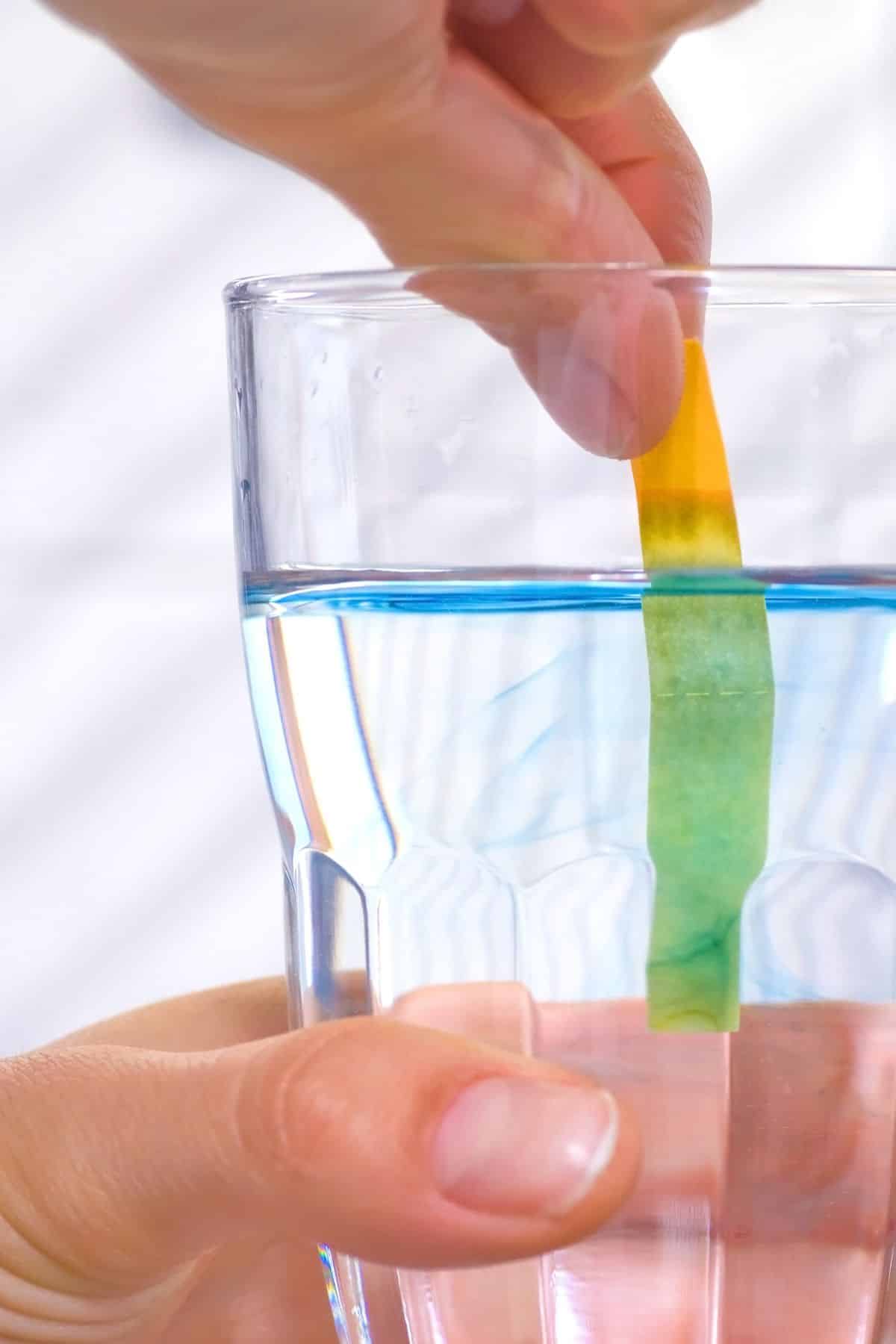
FAQs
Yes, reverse osmosis water with a lack of minerals tastes different from other types of water. That’s because it is almost totally devoid of all dissolved inorganic solids, including salts, minerals, and contaminants.
Some people describe the flavor as “flat” and some believe it makes beverages like coffee taste somewhat bitter.
But, taste is very subjective and other people notice little difference between reverse osmosis water and that produced by other filtration methods.If the flavor doesn’t appeal to you, a simple solution is to add a calcium cartridge to the water or choose a reverse osmosis system with an alkalinization stage. This helps neutralize the acidity caused by the decreased PH level.
Reverse osmosis systems are generally more expensive than other water filtration systems. But they also offer the very best level of filtration and produce the purest water.
The initial outlay can range from as little as $200 for a basic domestic unit, up to thousands of dollars for a whole-house system.
Costs to consider when choosing a reverse osmosis system include:Installation – some systems are beyond the scope of DIY and require professional installation.
Maintenance – more sophisticated systems may require professional maintenance.
Filters – many systems use multiple filters that need changing anywhere from every one to every three years.
Water use – reverse osmosis systems produce a lot of wastewater, so your water bills may rise as a result. However, this is far less noticeable with smaller, point-of-use units than it is with whole-house systems.
Reverse osmosis is a highly efficient type of filtration, with high-quality domestic units removing up to 99% of contaminants.
However, it’s important to note that low-cost units may not be as efficient as those from premium brands. Be sure to check the certifications for any system you choose.
Reverse osmosis effectively strips water of almost all of its minerals, including those that our bodies need.
There are no recent studies into whether or not this could be harmful to our health, although the current recommendation from the World Health Organization is that we shouldn’t rely on demineralized water as a long-term source of drinking water.
However, many reverse osmosis systems designed for home use come with a remineralization filter built-in, which will restore the minerals useful to our health.And there are other ways you can add back “good” minerals to reverse osmosis water!
These include:Adding mineral or electrolyte drops
Using a PH-balancing filter
Using an alkaline pitcher to adjust the PH level and remineralize the water
Adding a mineral-rich salt to your foods
Recommended RO water filters to consider
- Waterdrop Tankless RO Filter System
- SimPure Countertop RO System
- Clover Easy-Install Compact RO Water Filter System
- Waterdrop Remineralization Filter for RO System
Hydrating Water and Juice Recipes
Conclusions
Reverse osmosis is one of the most effective water filtration technologies available. It is ideal for anyone without access to clean water, or who needs ultra-purified water for certain purposes.
For regular, day-to-day use in areas with a safe municipal supply of drinking water, it is better to choose a reverse osmosis system that includes a remineralization stage.
If not, then be sure to take steps to remineralize the water yourself, ensuring you get the protection of filtration along with the healthy minerals you need.
Don’t Miss These Bottled Water Reviews
About the Author: Carrie Forrest has a master’s degree in public health with a specialty in nutrition. She is a top wellness and food blogger with over 5 million annual visitors to her site. Carrie has an incredible story of recovery from chronic illness and is passionate about helping other women transform their health. Send Carrie a message through her contact form.
Note: this post is for informational purposes only and is not intended as medical advice. Please consult your healthcare provider for recommendations related to your individual situation.


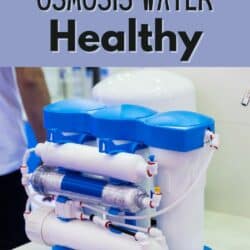




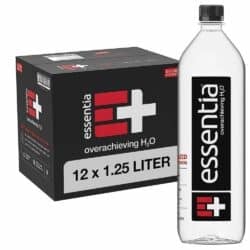
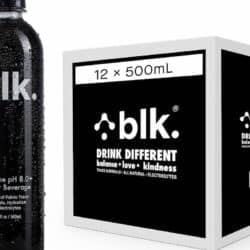
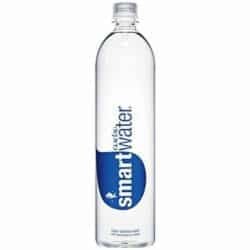
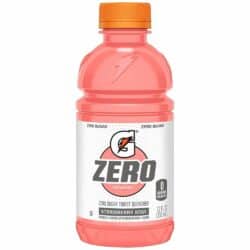
















What mineral or electrolyte drops do you recommend and how much to water?
Thanks for all your work doing this blog.
Great question! I like one from Trace Minerals. You can go under the support tab on my homepage and look under my Amazon storefront under Women’s Supplements and it’s there. 🙂